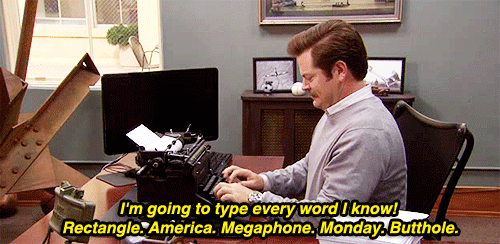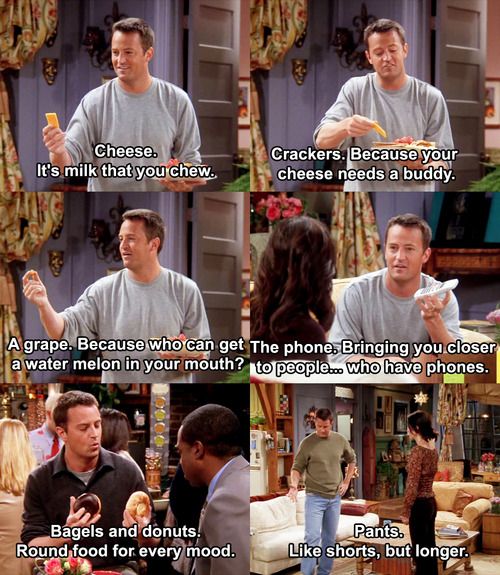Marketing in school vs. the working world
By: Liza Rubinstein
November 13, 2018 | Reading Time: 4 mins
“You do your most important learning on the job.”
I’ve heard this statement—and others like it—my whole life. While I understand the thinking behind it, it’s never sat quite right with me. In theory, shouldn’t I do most of my important learning at school? If not learning, what was I doing for the last 18 years of my life? What was all that tuition for?
Having recently graduated, this phrase has definitely been on my mind and since starting at Stryve, I’ve seen the truth in it time and time again. Whenever I’m facing a challenge in my Marketing Coordinator role, I ask myself, “How did school prepare me for this?”.
After giving it some thought, I’ve come to a few conclusions on why marketing in school fails to acknowledge and simulate marketing in the real world.
Theory over application
I used to spend HOURS before an exam memorizing the buzzwords that were key to getting that A-grade. Reach. Impressions. Cost Per Click. Conversions. Yes, individually I knew what they all meant, and could recite the textbook definitions in my sleep. But if you asked me 6 months ago how they all fit together in a campaign, I’d pretend I didn’t hear you.

Coming out of school with real, hands-on experience with martech and other platforms would be huge for both employers and employees. If I had more of that context and working experience, I could have sped up my onboarding and provided more immediate value.
Unfortunately, school focuses more on the overarching theory and principles of marketing rather than the workplace application. And while theory is incredibly important for a sturdy foundation and understanding of the concepts, it more often than not fails to paint a complete picture of campaign performance. Students miss out on the valuable insights that come from seeing something in action and in context. School does a great job of defining the dots, it just fails to connect them.
School can’t keep up with the changes
Marketing is incredibly reactionary, yet students are taught to use a cookie-cutter approach when creating marketing plans. They’re presented with a hypothetical company facing a hypothetical issue and pushed to find a solution within a rigidly defined framework. They come up with an answer, and if correct, the fake company can go on to be prosperous for many years to come. Realistic, right?
Wrong. In the real world, you’re constantly analyzing, optimizing, and updating your campaigns, especially if you’re using agile methodology. One catchy piece of ad copy isn’t going to cut it in the long run. Sorry, Chandler!

In an industry that relies on staying up to date with trends, it’s no wonder that school can’t keep up. In marketing, things change on a monthly basis. By the time a new textbook gets into the hands of students and professors, it could be full of outdated practices.
School is restricted structurally
I’ve learned and retained more in the last 4 months than in the 4 years I spent in university. Why? Because I’m immersed in this marketing bubble every day. I’m living and breathing campaigns. Launching them, analyzing stats, and seeing the real-time impacts of all the tinkering in between. I see first-hand how things like budget changes affect CPC and how the trade-off between reach and similarity on AdRoll Prospecting can affect user engagement. These types of insights weren’t part of any textbook I read, and they weren’t talked about by any professor. This sort of information is too granular to make it into the weekly reading and with classes topping out at 3 hours a week, there’s simply not enough time to cover everything.
Aside from limits on time and page counts, testing offers no motivation for curiosity. Questions instruct students to solve problems with the information they’re given. They’re restricted from bringing in external options or raising additional questions to dig deeper towards identifying an issue. To raise a problem with a singular, clear-cut answer is so far from a marketer’s reality, it’s almost laughable.
When it comes to tests with right and wrong answers, there’s limited room for creativity. Students can actually be penalized for thinking too far outside the box by deviating from the marking rubric, resulting in a lower grade. What’s up with that?!
Getting those specialized skills
When it comes to more specialized education, apprenticeship programs like Digital Trades School are looking to fill the gap. DTS’s Marketing Apprenticeship program takes a unique approach to digital marketing education by going “well beyond theory”. They incorporate hands-on learning and work on real projects with real clients.
To be clear, I’m not hating on school. It’s not hard to see why large institutions are structured the way they are. PPC platforms are costly, tests depend on right and wrong answers, and school will always be restricted by time. While students may have to wait until post-grad to see through marketing concepts in the real world, it’s important to appreciate what they’ve learned throughout their enrollment. Overall, school helps to increase thought capacity. It provides broad, foundational knowledge that will be integral to the problems students face down the road in their future careers.






